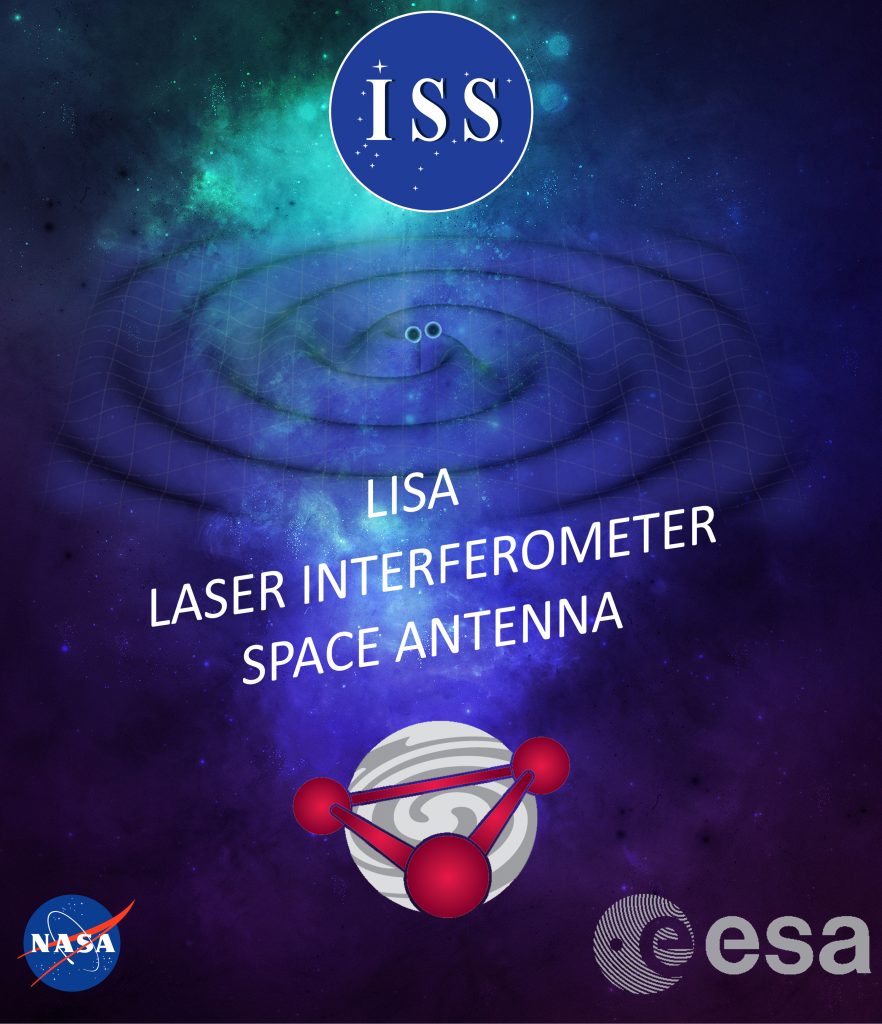
Anul acesta, premiul Nobel pentru Fizică, anunțat în luna octombrie, a fost împărțit între Roger Penrose, de la Universitatea Oxford din UK, „pentru descoperirea conform căreia formarea de găuri negre constituie o predicție solidă a teoriei relativității generale” și Reinhard Genzel, de la Institutul Max-Planck pentru Fizică Extraterestră din Germania, împreună cu Andrea Ghez, de la Universitatea California din USA, „pentru descoperirea unui obiect supermasiv, compact în centrul galaxiei noastre”, conform comunicatului oficial de presă.
Cei trei laureați care împart anul acesta Premiul Nobel în Fizică au contribuit la descoperirea unora dintre cele mai exotice obiecte din Univers, găurile negre.
În anul 1965, la 10 ani după moartea lui Albert Einstein, Roger Penrose a reușit să demonstreze existența și să descrie în detaliu formarea și proprietățile găurilor negre, pornind de la teoria relativității și folosind metode matematice revoluționare. Astfel, Penrose a arătat că aceste obiecte super-masive, care captează tot ce intra în ele și în interiorul cărora legile fizicii clasice nu se mai aplică, sunt o consecință directă a teoriei relativității generale a lui Einstein. Articolul în care Roger Penrose şi-a publicat rezultatele este considerat și astăzi ca fiind cea mai importantă primă contribuție la teoria relativității de după apariția sa.
Douăzeci și cinci de ani mai târziu, în 1990, Reinhard Genzel şi Andrea Ghez au condus două echipe de astronomi care au studiat, independent una de cealaltă, centrul galaxiei noastre, mai exact regiunea denumita Sagittarius A*. Cele două echipe au observat comportamentul atipic al stelelor din această regiune centrală a galaxiei noastre, și au dedus că acestea se află în vecinătatea unui obiect super masiv, compact, cu o masă de câteva milioane de ori mai mare decât a Soarelui, ce ocupă o regiune cam de dimensiunile Sistemului nostru Solar. Până în prezent, singurul obiect ale cărui caracteristici pot explica topologia și dinamica acestei regiuni, este o gaura neagră super masivă.
Descoperirea acestui obiect compact este importantă nu doar pentru că probează teoria lui Einstein și calculele lui Penrose, ci și pentru că limitele tehnologice de detecție și de prelucrare de date existente în acel moment au fost depășite la realizarea observațiilor, ducând astfel mai departe la progresul astrofizicii observaționale.
Institutul de Științe Spațiale(ISS) este implicat activ în studiul astrofizicii în general și al găurilor negre masive si super masive în particular, având contribuții precum noi concepte si teorii ale găurilor negre, cataloage de mase de găuri negre sau simulări ale formarii, creșterii si evoluției lor. De asemenea, ISS se afla în topul cercetărilor spațiale în domeniu, de exemplu prin participarea la misiunea spațiala LISA, construită de Agenția Spațială Europeană, misiune ce își propune să studieze semnale de unde gravitaționale provenite de la ciocnirea de obiecte masive, inclusiv găuri negre, si să identifice mecanismele de formare si evoluție a găurilor negre de la crearea lor pana în prezent. Agenția Spațiala Romana (ROSA) susține în permanență contribuțiile României la cercetările spațiale, inclusiv la misiunea LISA, tara noastră fiind astfel ancorată în cercetările de pionierat ale studiului undelor gravitaționale din spațiu.
Persoană de contact: dr. Laurențiu Caramete <lcaramete[at]spacescience[dot]ro>

